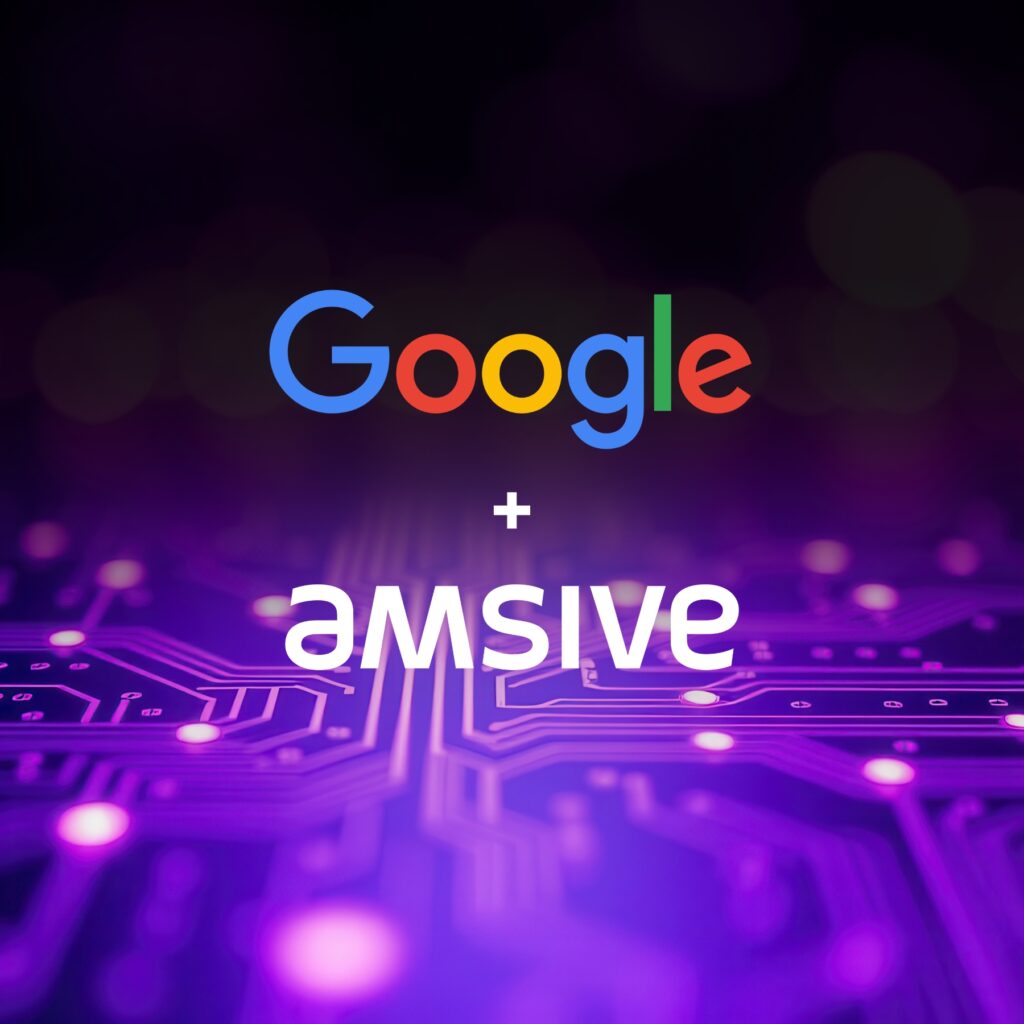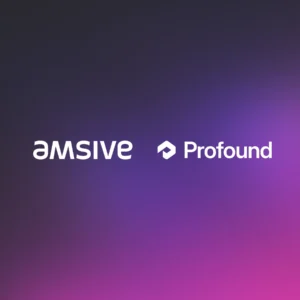The COVID-19 pandemic was supposed to play to direct bank strengths, but new research shows the digitization race is far from over.
Nationwide lockdowns throughout 2020 forced banks and credit union leaders into asking fundamental questions about the industry’s grasp on digital transformation. Banking in brick-and-mortar branches largely went online, forcing traditional institutions to rush out digital alternatives and scramble to update alternate strategies to keep their branch services afloat. This accelerated shift to digital could have been the deathblow to traditional financial institutions and benefitted the online-only banks that have disrupted the industry over the past few years. But, surprisingly, new data suggests the opposite. The death of traditional banks and credit unions was greatly exaggerated, and they now have the perfect leverage to bounce back from the brink.
A new J.D. Power study showed that the pandemic’s digital shift in 2020, “should have created the perfect environment for direct banks to excel, but overall customer satisfaction with branchless banking has declined significantly.” (The findings focused on direct banks including Ally Bank, Discover, Charles Schwab Bank, Capital One, and E-Trade.) Consumers who took an economic hit due to the pandemic — most of which were in younger demographics — were most dissatisfied. But customers without financial instability also noted their bad experiences.
Despite safety and convenience being two overwhelming factors to push users onto digital-only channels, the primary reason for last year’s decline related to historically low interest rates and economic uncertainty. But those weren’t the only factors. The decline in satisfaction also related to the lack of clarity of information, ease of navigation, and design of direct banks.
Consumers were hit hard, and they needed to find out make-or-break financial information that went above and beyond simple, primarily transactional banking.
The primary analytics[amsive_tooltip term=”analytics”] still show, however, that direct banks continue to set the standard for digital transformation in the retail banking sector. But the decline is still a glaring metric unto itself considering how the COVID-specific shift to digital channels should have been a carpe diem moment for direct banks and how traditional financial institutions have been written off when it comes to rapid digitization.
Consumers were hit hard, and they needed to find out make-or-break financial information that went above and beyond simple, primarily transactional banking. Direct banks just assumed people could figure out complex financial services on their own — especially important digital-leaning demographics like millennials. But when they went to their direct banks, the digital channel came up short, and they struggled to find or make sense of critical information beyond what was online.
When it boils down to it, what people are looking for when managing their finances isn’t just to have an app on their phone. It’s the advice and consultation to help them manage their finances and get from point A to point B. It’s these younger consumers that are the most in need of consultative services that their digital-only channels do not have. And that’s where the real challenge is for digital banks beyond the less-than-stellar survey data. The breadth and depth of customer relationships will be very challenging for digital banks to build up, maintain, and retain[amsive_tooltip term=”customer-retention”]. This also goes for when they go up against traditional financial institutions or newer fintech platforms in the space such as SoFi.
When it boils down to it, what people are looking for when managing their finances isn’t just to have an app on their phone.
While the survey also found that satisfaction was down for traditional institutions as well, banks and credit unions have the key consultative differentiator. The challenge right now for traditional banks and credit unions armed with mobile apps and solid online banking platforms is to get the message across with a marketing mix[amsive_tooltip term=”marketing-mix”] that can provide advice and consultation that digital-only direct banks lack.
They must now:
- Analyze Their Audience – Use audience insights to understand who they are and define targeted product positioning.
- Analyze Their Intent — Identify and attract the right kind of person who might be a little bit disillusioned with that digital banking experience or convey to them that traditional banking institutions can provide these services.
- Determine an Actionable Strategy — Use these targeted takeaways of who they are and what they are doing to create highly personalized messaging and strategic solutions.
Even regarding the primary interest rate factor, that’s where sharp messaging comes in. Traditional banks can give consumers a good rate that may or may not be as good as what they can get from a digital-only bank. But the right targeted messaging[amsive_tooltip term=”messaging-strategy”] can attract customers to the consultative, advice-oriented opportunities and services that are the true differentiators to help manage and grow finances.
Despite the overall decline in satisfaction of direct banks, they still pose a direct threat to once-robust banks and credit unions. The pandemic gave these institutions a great opportunity to do what they could to permanently move targeted consumers over to the online channels for transactional processes. But now they’re going to have to stay on top of what people are looking for and make sure that both online and offline channels are as vibrant, robust, and all-encompassing as they possibly can be.






